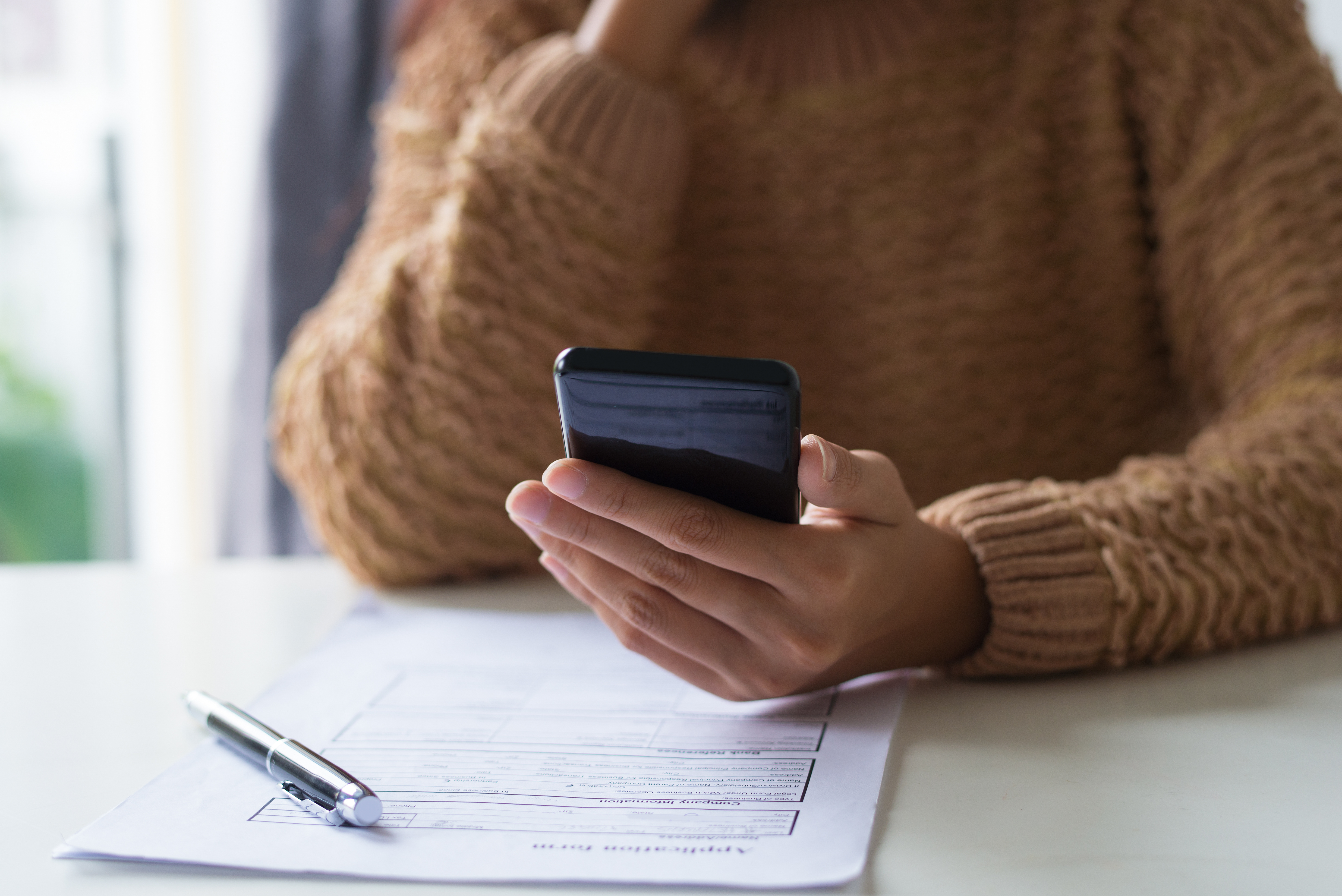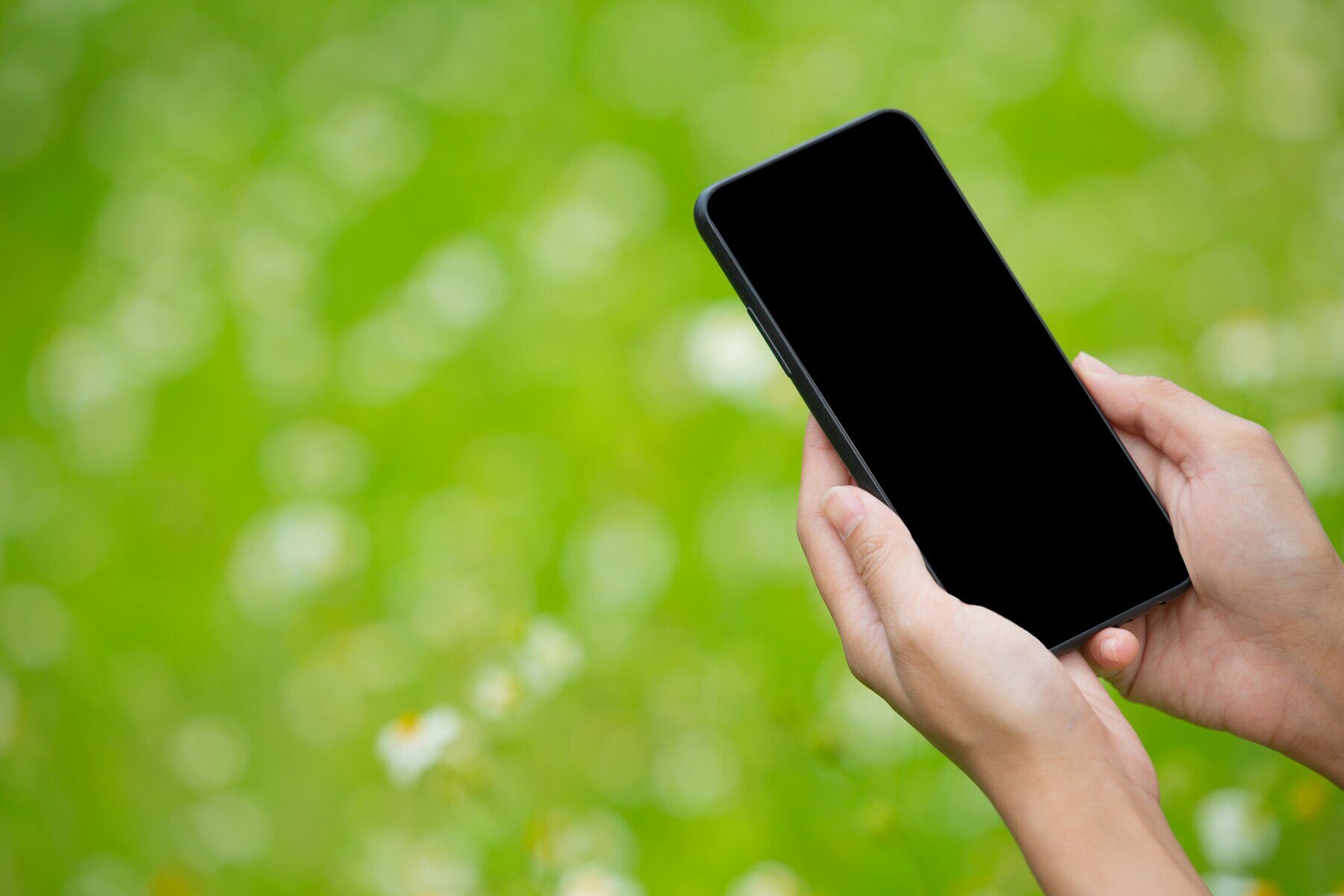When requesting a verification code or OTP from an application, have you ever faced issues where the code was not sent? For example, you entered your phone number, but the verification code did not appear in SMS? This problem can indicate both positive and negative aspects for your account. Read the explanation in this article.
What is an SMS Verification Code?
You may know the verification code as an OTP code. This code is a special code valid for a specific period, used to enhance data security. The application system creates and sends this code to the user during login or transaction processes. Its function is to complement the password or biometric data used by the user in a particular application.
Verification codes can be sent to email addresses, phone numbers, or WhatsApp. These codes are created for a short duration to be used immediately by the account owner.
Verification codes are used for various account-related activities, such as application login, payment transactions, or accessing sensitive information. The purpose of these codes is to prevent unauthorized access to the account.
Reasons Why Verification Codes Do Not Appear in SMS
Verification codes are crucial for account security. However, often the codes do not appear in SMS. Several factors can cause this issue:
1. Slow Network
One primary reason for the verification code not appearing in SMS is a delay in SMS delivery due to technical issues with the application system, mobile operator, or user's phone.
2. Blocked Number
Phone numbers can be blocked by SMS gateways or marked as spam, preventing OTP delivery. This can happen if the phone number has been associated with suspicious activity or mistakenly identified as spam by the SMS gateway.
3. Wrong Input Number
A common issue is users mistakenly entering the wrong phone number during registration, resulting in the OTP being sent to the wrong number and verification failure.
4. Expired Phone Number
An inactive or discontinued phone number can prevent the code from being received and may also pose a data theft risk due to regulations on phone number recycling.
5. Full Phone Memory
Lack of storage space on the phone can cause SMS reception failures. Regularly deleting unnecessary messages can help ensure sufficient storage space.
6. Damaged SIM Card
A SIM card that fails to capture the network can prevent code delivery. Restarting the SIM card or reinserting it can resolve this issue.
7. Airplane Mode
Ensure airplane mode is turned off to receive SMS.
8. SMS Blocking
Some users enable SMS blocking from unknown numbers to avoid spam, which can block verification codes as well.
Be Aware of Phone Number Recycling
When a mobile phone number is recycled, there is a risk that personal information associated with the old mobile number is still stored in various services or applications that were previously used. This can open a loophole for unauthorized parties to access and misuse personal data associated with the inactive mobile number (Law Number 19 of 2016 concerning Amendments to Law Number 11 of 2008 concerning Information and Electronic Transactions).
However, in Article 17 paragraph (2) of the Minister of Communication and Information Regulation 14/2017, it is stated that telecommunication service providers are required to store inactive customer data for at least 3 months from the date the mobile phone number stops being used.
Nevertheless, it is advisable to be cautious when deactivating an old number. Data thieves can use an inactive mobile phone number to perform a series of actions such as accessing sensitive information, including social media accounts, financial data, or other personal information associated with the inactive mobile number.
If you are wondering why a verification code does not appear in an SMS, check if the number you entered is still in use or is no longer valid. If you intend to change to a new number, make sure you have updated the old mobile number in all the applications you use. Ensure that OTP codes from application verification systems do not get sent to the old number.
Switch SMS Verification Code with Biometric Verification
Biometric verification is the process of verifying identity using a person's biological identity, physical characteristics, or behavior such as facial scans, movements, or something the user possesses for digital security. This digital identity verification system using biometrics aims for accurate identity verification and to prove a person's identity precisely.
Each piece of verification data is personal and cannot be forged by others. Unlike passwords, biometrics cannot be forgotten, lost, or easily copied. Once your biometric data is stored, it only requires a scan without a password. The system will compare and analyze whether the user's biometrics match the stored data. Once successfully matched, the system will authorize the user to gain access.
The latest biometric verification technology can perform the verification process digitally and automatically, making the process very short, similar to taking a selfie. Meanwhile, encryption techniques in biometrics provide an additional layer of security to prevent data forgery or data theft.
These are the factors that cause the verification code not to appear in SMS. Check each barrier that occurs if you do not receive the OTP code. However, it is advisable to add biometric verification to strengthen the security layer.
VIDA helps businesses perform digital identity verification with trusted technology. VIDA uses biometric verification, passive liveness, document ID verification, and demographic data checks. The flexibility of VIDA's platform integration through SDK, API, web applications, and iframe integration ensures that the solution can be tailored to business needs.

.png)


